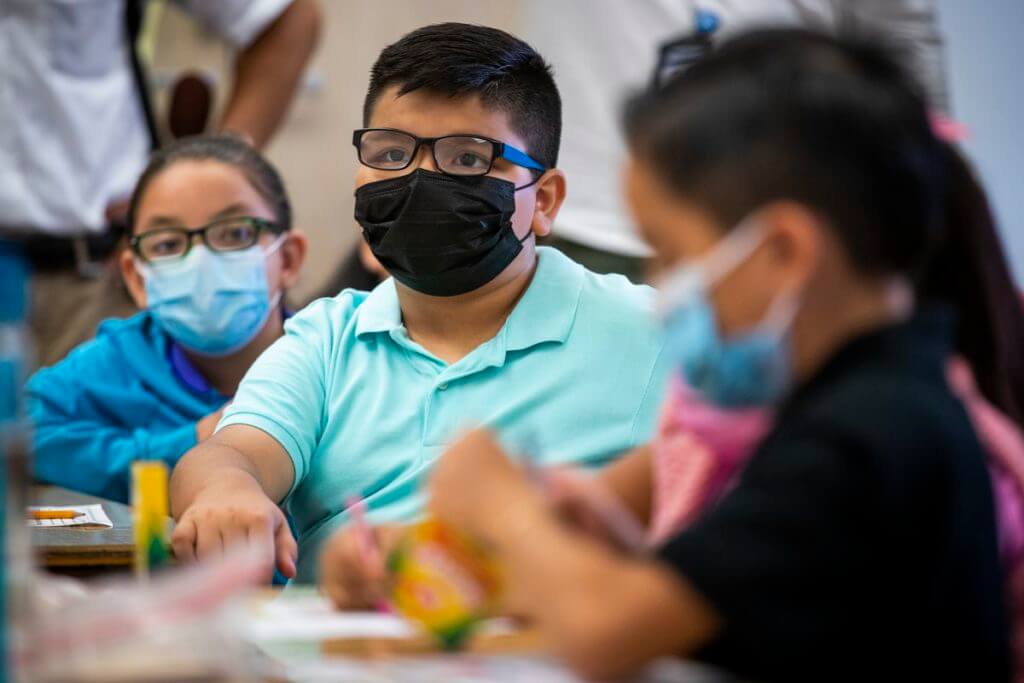CDC Study Finds Little Evidence That Masking Elementary School Students Is Effective

Although one principle cited in the debate over masking students is that such a step will limit the spread of the coronavirus, the foundational research that federal recommendations rest on never came to that conclusion.
The torturous trail of science and masking is explored by David Zweig in New York magazine, starting with a May study released by the federal Centers for Disease Control and Prevention.
Toward the end of the multi-page report concerning a survey of schools in Georgia, the report touches on elementary school students wearing masks.
“The 21% lower incidence in schools that required mask use among students was not statistically significant compared with schools where mask use was optional,” the CDC report said.
“This finding might be attributed to higher effectiveness of masks among adults, who are at higher risk for SARS-CoV-2 infection but might also result from differences in mask-wearing behavior among students in schools with optional requirements.”
As Zweig noted in New York magazine, “With tens of millions of American kids headed back to school in the fall, their parents and political leaders owe it to them to have a clear-sighted, scientifically rigorous discussion about which anti-COVID measures actually work and which might put an extra burden on vulnerable young people without meaningfully or demonstrably slowing the spread of the virus.”
To that end, he noted that experts believe the CDC’s May conclusion was very significant.
“That a masking requirement of students failed to show independent benefit is a finding of consequence and great interest,” said Vinay Prasad, an associate professor in the University of California, San Francisco, Department of Epidemiology and Biostatistics. “It should have been included in the summary.” – READ MORE




Responses